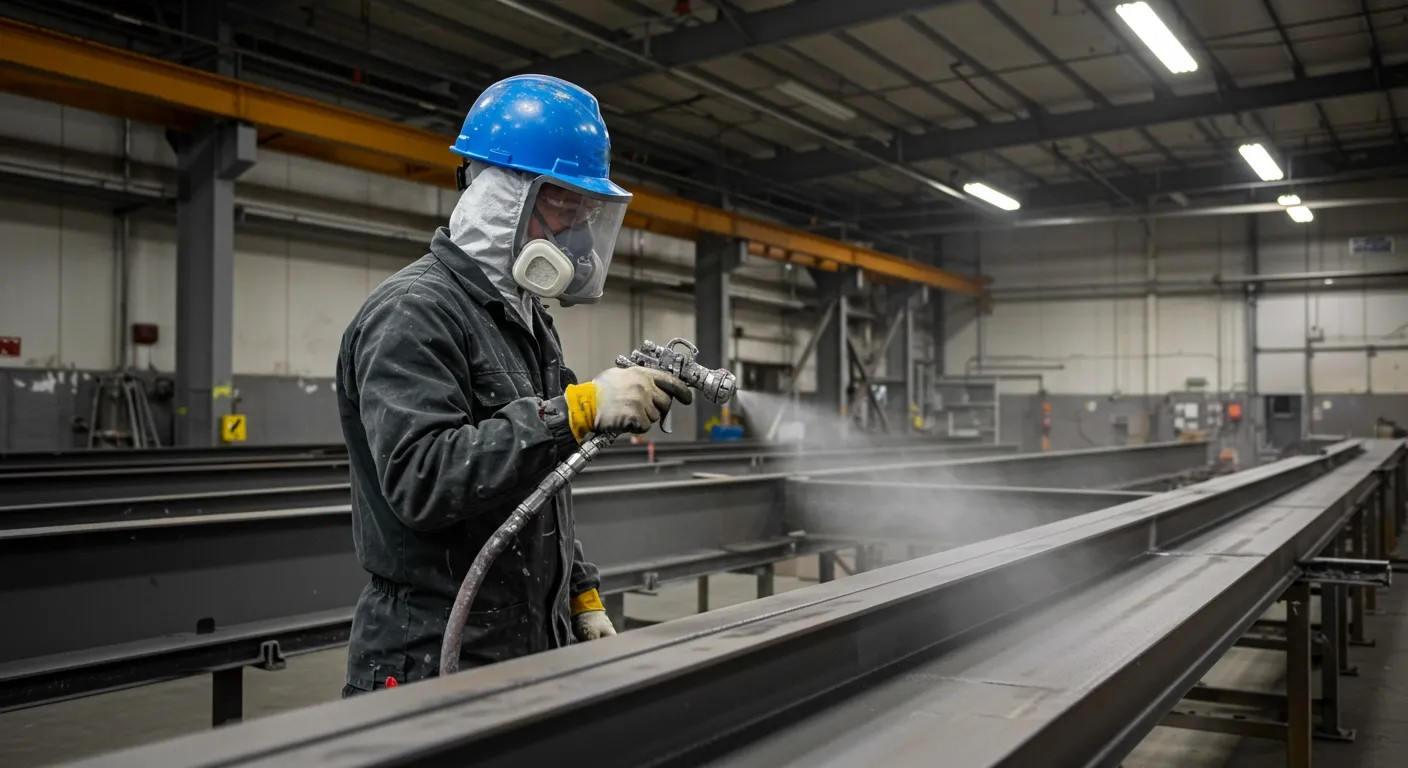At Nevada Urethane, we’ve worked with countless homeowners, builders, and commercial property owners across Nevada who’ve invested in thermal barrier coatings. We know what they’re hoping for: lasting protection, consistent performance, and zero surprises. That’s possible but only with routine upkeep and smart inspections. Thermal barrier coatings don’t maintain themselves. They quietly do their job, shielding your structure from heat and flame, until neglect sets in. That’s where we come in.
In this guide, we’ll show you exactly how to maintain and inspect thermal barrier coatings over time. You’ll learn what to look for, when to act, and how to get the most out of your coating investment. Everything you read here is drawn directly from our real-world expertise on the ground in Nevada. If you’re looking for straight answers, helpful detail, and no-nonsense advice, you’re in the right place.
Every maintenance strategy starts with understanding the material. Not all coatings are the same, and not all wear the same way. Whether you’re working with intumescent paint or cementitious coatings, each product has a specific lifespan, tolerance, and visual cue when something’s wrong.
At Nevada Urethane, we most often work with spray foam insulation systems protected by thermal barrier coatings like DC315 or similar fire-rated products. These coatings are designed to delay ignition and reduce flame spread, especially in attics, crawlspaces, and exposed commercial interiors. Knowing the manufacturer specs for the specific coating applied in your building sets the baseline for inspection timing and maintenance methods.
We often ask clients: when was your coating installed? Has it been exposed to water, high temperatures, or physical abrasion? If you’re not sure, we can help assess on-site. This kind of background helps identify risk areas before they become issues.
The most effective way to prevent failure is to catch early signs of degradation. A flashlight, a good eye, and a checklist can go a long way.
Start by checking for peeling, flaking, or discoloration. These are usually the first indicators that the coating is breaking down. Areas near rooflines or HVAC units often show problems earlier due to heat or condensation exposure. We recommend inspecting high-risk areas every six months.
We recommend a simple quadrant method for large spaces divide the area into four sections and check each thoroughly. Take photos and make notes. If we’ve installed your coating, we can provide baseline photos from the original job to compare over time.
Visual checks are vital but not enough. Once a year, physical tests help verify that the coating is still securely bonded and performing as intended.
A gentle scrape test in a low-traffic area can reveal a lot. If the coating crumbles or detaches easily, it’s time to consult a professional. Nevada Urethane uses specialized adhesion test kits that measure pull strength and cohesion to manufacturer standards.
When clients call us out for routine inspections, we bring calibrated tools, years of experience, and the manufacturer specs for your coating. We don’t guess we know what should be happening and what shouldn’t. That’s peace of mind you can count on.
Even the best coating won’t hold up against long-term moisture exposure or unaddressed leaks. Early detection makes a major difference.
We’ve seen attic coatings degrade rapidly from minor roof leaks that went unnoticed. Small signs—like musty smells or mildew—should trigger a closer look. Moisture meters and IR cameras help us pinpoint hidden issues without tearing into walls.
In Nevada, we deal with high heat, dramatic seasonal shifts, and occasional monsoons. All of these affect how coatings age. We recommend annual inspections in early spring, before the summer heat sets in, to catch winter-related damage.
While some tasks can be handled in-house, a thorough professional inspection catches what eyes and flashlights can’t. Our team knows exactly what signs mean trouble, and we catch them before they become repairs.
Routine inspections from Nevada Urethane aren’t just checkboxes they’re a cost-saving investment. We catch minor issues before they spread, reducing downtime and keeping your building code-compliant.
Our team checks for adhesion, discoloration, coverage loss, and any signs of environmental wear. We cross-reference with original specs and installation data. If we applied your coating, we already know how it should be holding up.
Maintaining your thermal barrier coating isn’t about checking a box. It’s about protecting your investment and in some cases, your safety. At Nevada Urethane, we bring clarity, confidence, and lasting performance to every project.
If you’re overdue for an inspection or simply unsure what condition your coating is in, give us a call at (775) 500-0024 or email us at [email protected]. Our team is here to make sure your system stays reliable, year after year.
We recommend a visual check every 6 months and a professional inspection annually.
Moisture intrusion, physical impact, poor initial application, or excessive heat exposure are the main culprits.
Only if it’s been professionally evaluated. Recoating over compromised areas without addressing the root problem won’t help.
Most coatings last 10–15 years with proper maintenance, but environmental conditions can shorten that.
Look for uniform color, no peeling, and firm adhesion. Testing is the best way to be sure.
Ceilings near HVAC systems, crawlspaces with poor ventilation, and around penetrations like vents and pipes.
Yes, but only certain products allow for spot repairs. Contact us to confirm compatibility.
No—they’re applied over insulation and don’t impact R-value. Their job is fire protection.
In many commercial buildings, yes. It’s part of staying fire-code compliant.
Adhesion tests, visual review, thickness verification, environmental analysis, and a full written report.
